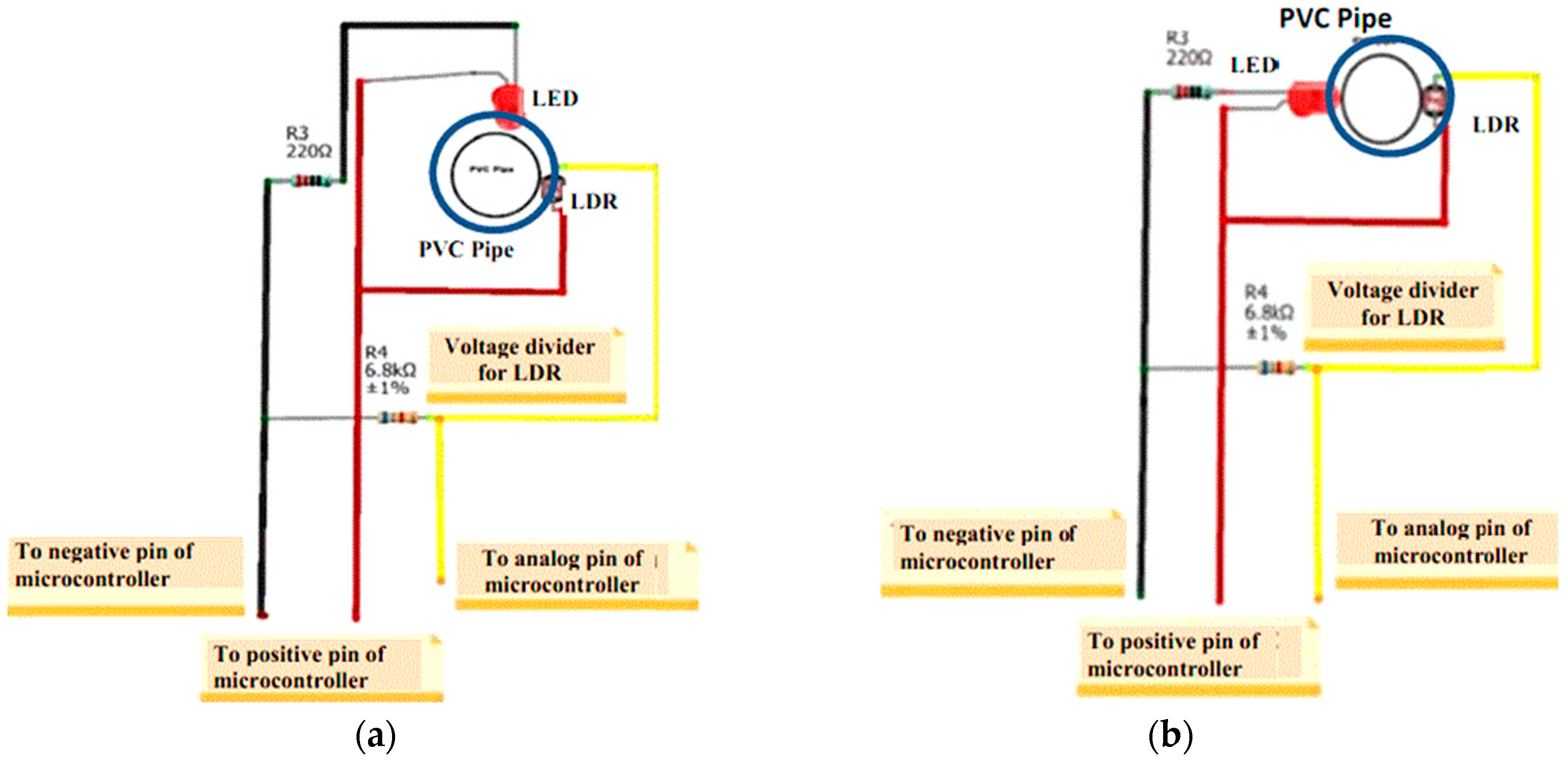Water Quality Monitoring System Based on IOT 5 Steps Circuit Diagram View the full project article: https://circuitdigest.com/microcontroller-projects/arduino-nodemcu-based-smart-water-quality-monitoring-system-using-iotIn thi

Pasika and Gandla [1] proposed a monitoring system which consists of a number of sensors used to measure several quality parameters like turbidity, pH value, water level in the tank, dampness of the adjoining environment and temperature of the water. The sensors are interfaced with the Microcontroller Unit (MCU) and additional processing is executed by the Personal Computer (PC).

IoT based smart water quality monitoring system Circuit Diagram
IoT Integration: Uses ESP32 to connect the system to the internet, enabling real-time monitoring via a cloud platform.; Water Quality Parameters: Monitors temperature, pH levels, turbidity, and Total Dissolved Solids (TDS) in real-time.; Data Display: Includes an LCD 20x4 I2C display for local real-time data viewing.; Data Visualization: Displays data on a web dashboard for easy analysis. Several studies have explored the application of IoT in water quality monitoring systems, highlighting the potential of this technology to address the limitations of traditional methods. In a study by Zhang et al. (2018), an IoT-based water quality monitoring system was developed using wireless sensor networks.

The design and architecture of the proposed IoT-based water quality monitoring system is described in this section. The primary objective is to provide real-time, accurate monitoring of vital water quality parameters in aquaculture environments. The proposed system utilizes DO, pH, and temperature sensors, as shown in Fig. 3. Sensors are

based Water Quality Monitoring, How it Works? How to Implement? Circuit Diagram
A. IoT-based water quality monitoring systems offer numerous advantages, including significant reductions in water wastage, enhanced operational efficiency, improved water quality monitoring, and substantial cost savings over time. They also provide real-time data insights, paving the way for proactive maintenance and better resource management. an efficient wireless sensor network (WSN) based water quality monitoring system, that examines water quality, an important factor as far as, irrigation, domestic purposes, industries, etc. are concerned. The parameters involved in the water quality monitoring such as the pH level, turbidity and temperature are measured in real time by the

